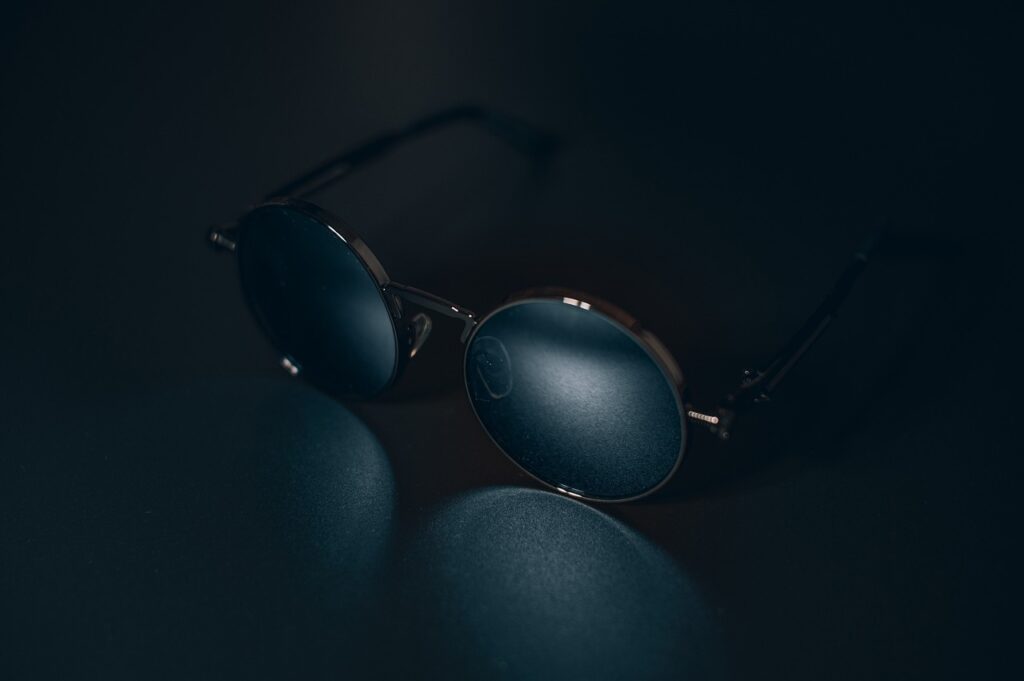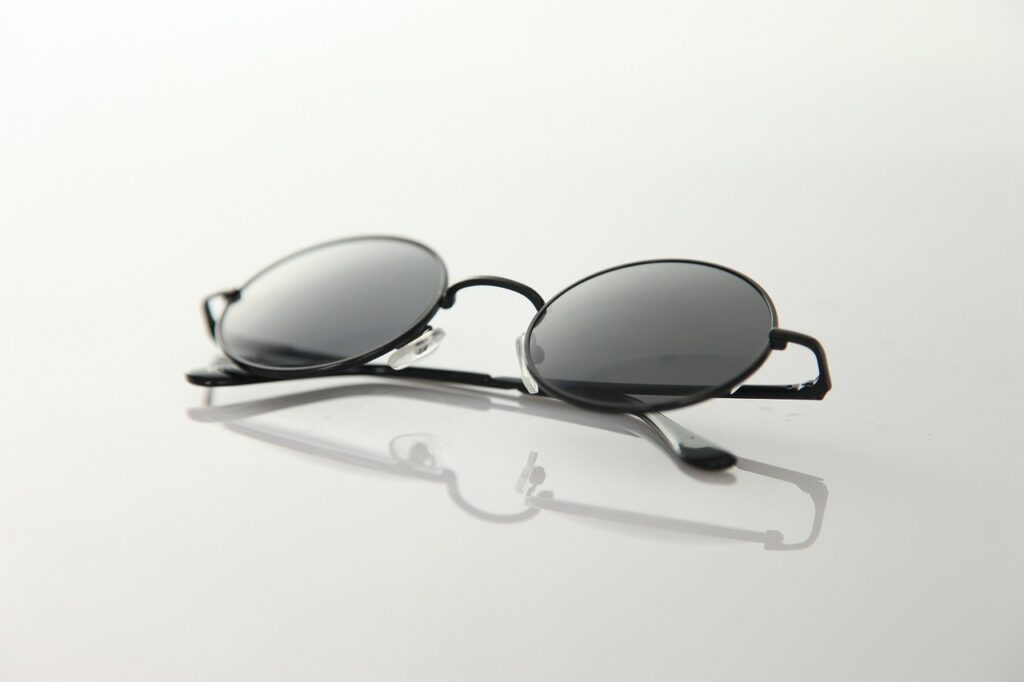In the world of eyewear, “blue cut”, “blue filter” (especially blue light glasses) lenses are terms that often come up, especially when discussing eye protection from digital screens and artificial lighting. If you’re trying to figure out which option is best for you, you’re not alone. With so many choices available, it can be confusing to determine which technology will offer the most benefits for your eyes. In this post, we’ll break down the differences between blue cut and blue filter lenses, discuss their pros and cons, and help you decide which might be better suited for your needs
As we spend more time in front of screens, whether for work, social media, or entertainment, the need for protective Eyeglasses has become more pronounced. Two popular options for reducing digital eye strain are blue cut and blue filter lenses. These technologies are designed to help minimize the effects of blue light emitted by screens, but they work in different ways and offer varying benefits. Understanding the differences between blue cut vs blue filter lenses can help you make an informed choice about which is better for your daily life.
Blue Cut Lenses: What Are They?
Blue cut lenses are designed to block a portion of blue light that reaches your eyes. Here’s a closer look at what they offer:

How Blue Cut Lenses Work
Blue cut lenses have a special coating that absorbs or reflects a significant amount of blue light. This coating reduces the amount of blue light that penetrates the lens, which can help alleviate symptoms of digital eye strain such as dry eyes, headaches, and blurred vision. The primary goal of blue cut lenses is to reduce the glare caused by blue light, making it easier for your eyes to focus and feel comfortable during extended screen time.
Advantages of Blue Cut Lenses
One of the main benefits of blue cut lenses is their ability to reduce glare and improve visual comfort. This can be especially helpful if you spend long hours working on computers or using other digital devices. Blue cut lenses and Blue Light Glasses can also help reduce the risk of potential long-term damage to the eyes, though more research is needed to fully understand the long-term effects of blue light exposure.
Blue Filter Lenses: What Are They?
These lenses, on the other hand, are designed to filter out blue light across a wider spectrum. Here’s how they differ from blue cut lenses:

How Blue Filter Lenses Work
Blue filter lenses typically use a combination of coatings and pigments to filter out blue light. Unlike blue cut lenses that primarily focus on glare reduction, blue filter lenses are engineered to provide a broader spectrum of blue light filtering. This means they can block a higher percentage of blue light, which may be beneficial for overall eye comfort and health, help prevent eye heaviness, and reduce headaches.
Advantages of Blue Filter Lenses
The key advantage of blue filter lenses is their ability to provide comprehensive blue light protection. By filtering a broader range of blue light, these lenses can help minimize digital eye strain and improve visual clarity. Additionally, some blue filter lenses are designed to enhance contrast, which can be useful for activities that require sharp vision, such as Reading Glasses or detailed work.
Comparing Blue Cut vs Blue Filter: Which is Better?
When comparing blue cut vs blue filter lenses, it’s essential to consider your specific needs and preferences:

Effectiveness in Reducing Eye Strain
Both types of lenses can help reduce digital eye strain, but their effectiveness may vary. Blue cut lenses are generally good at reducing glare, which can help with eye comfort. Blue filter lenses, with their broader spectrum filtering, may offer more comprehensive protection and can be more effective for those who experience significant discomfort or have high blue light exposure.
Aesthetic and Comfort
Blue cut lenses often have a subtle yellowish tint due to the blue light filtering coating, which some users find noticeable. Blue filter lenses may have a more pronounced tint, which could affect color perception for some users. It’s important to choose a lens type that not only provides the protection you need but also feels comfortable and suits your aesthetic preferences. This shouldn’t be a pair of cheap glasses, but one that meets your specific needs and tastes.
Cost and Availability
These lenses are widely available and generally come at a lower price point compared to blue filter lenses. However, the cost can vary depending on the brand and specific features. Blue filter lenses, being a newer technology, might be more expensive but could offer enhanced protection and comfort.
Conclusion
Deciding between blue cut vs blue filter lenses ultimately depends on your personal needs and preferences. Blue cut lenses are effective at reducing glare and providing comfort during screen use, while blue filter lenses offer more comprehensive blue light protection and improved visual clarity. Both types of lenses can help alleviate digital eye tiredness, so consider what aspects are most important for your lifestyle and choose accordingly.
Have you tried blue cut or blue filter lenses? Share your experiences and let us know which type you prefer in the comments below!
For more information on eyewear and to explore our selection of lenses, visit us at Optics4Less.

